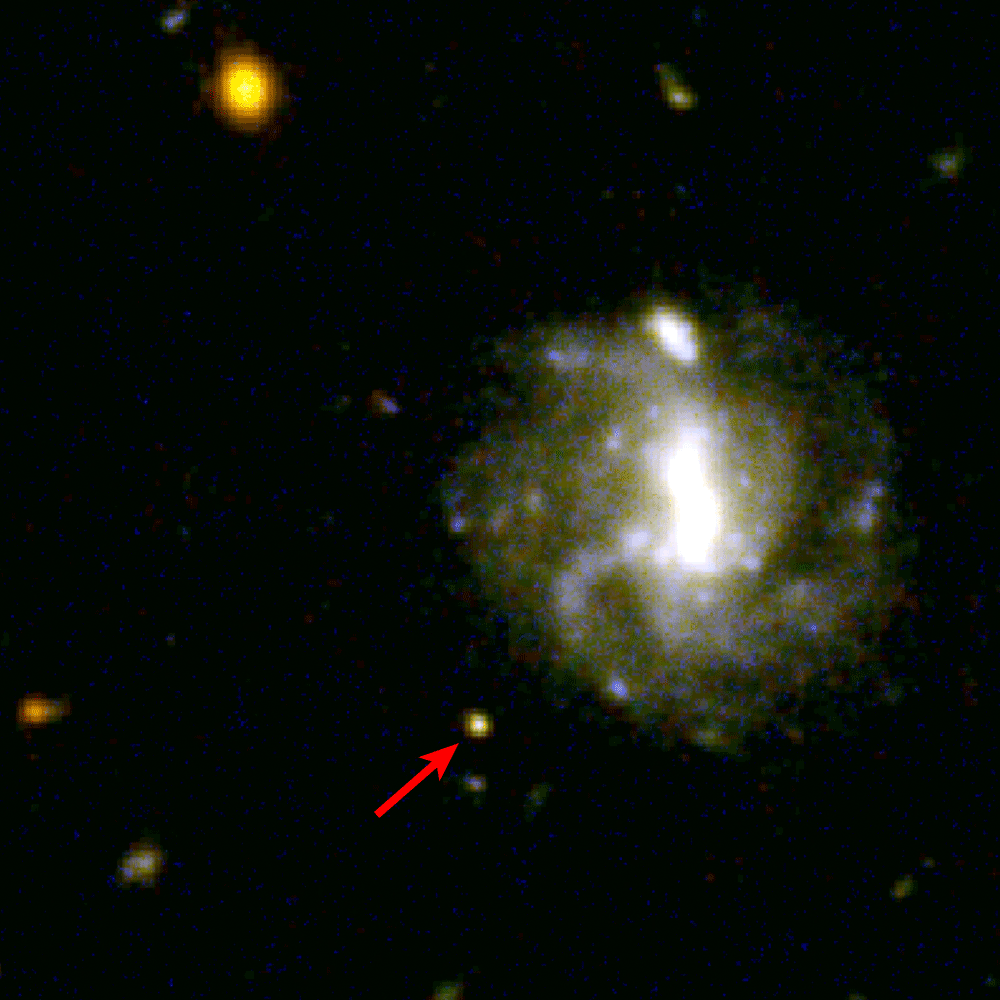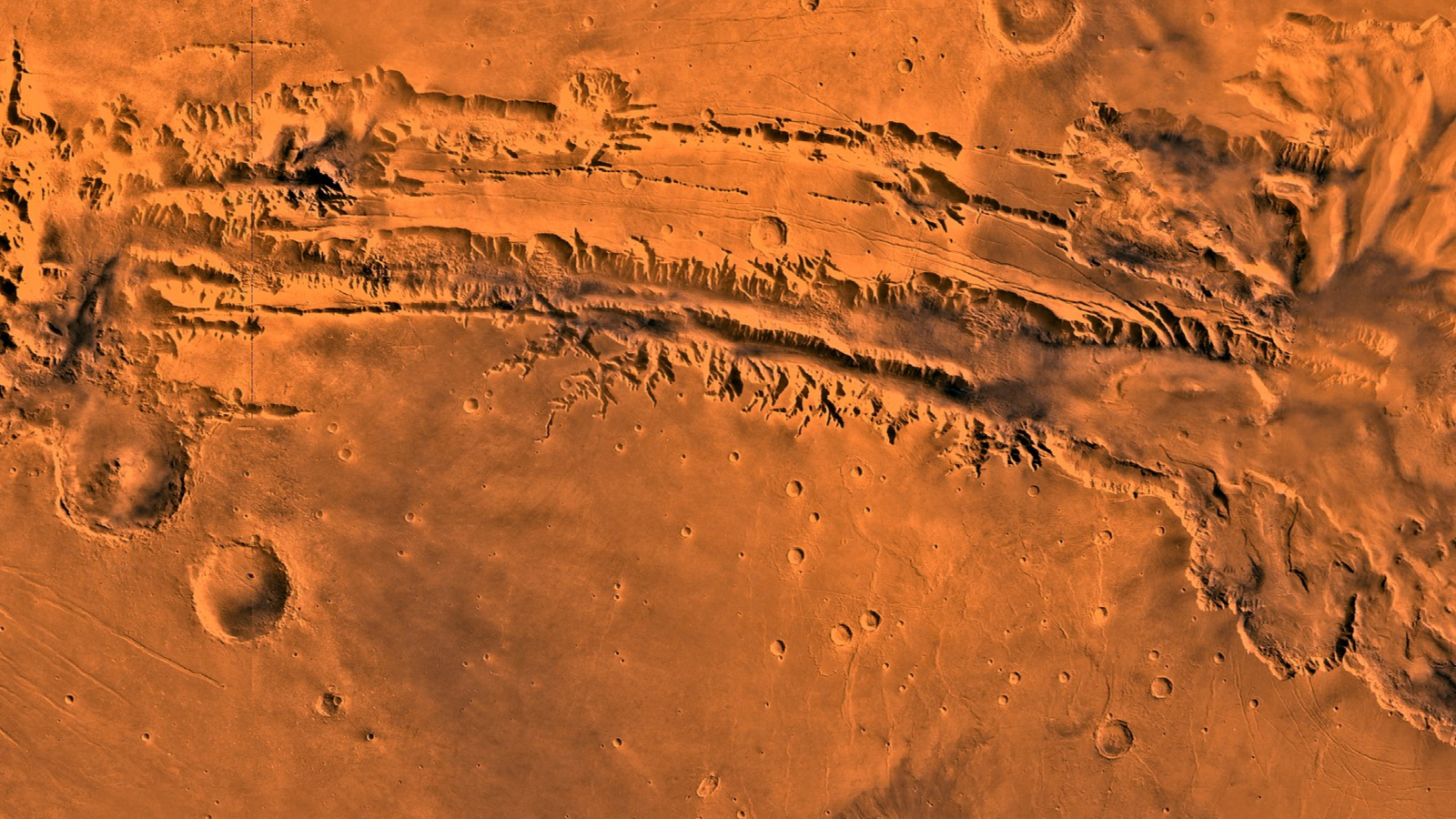When Neutron Stars Collide: Scientists Spot Kilonova Explosion from Epic 2016 Crash

Scientists recently spotted a gold-and-platinum factory in space, the remains of a massive collision of stellar corpses.
The precious elements were formed in a "kilonova," or an epic explosion that likely happened when two very dense stars (called neutron stars) slammed into each other. (A kilonova is an even stronger type of explosion than the typical supernova that happens when large stars blow up.)
The kilonova's power comes from colliding superdense neutron stars, where bizarre physics reigns. These objects are the remnants of large stars — once many times the mass of our sun — that exploded, leaving behind a dense core. Although neutron stars are only the size of a city, their mass is about 1.4 times that of our sun. Because they are so dense, when these neutron stars collide, their echoes are visible across a large stretch of space.
Related: First Glimpse of Colliding Neutron Stars Yields Stunning Pics
Now, scientists think they have spotted such a kilonova in previously gathered data that had stumped observers at the time. Astronomers spotted a burst of ultrabright gamma-rays in the sky in August 2016, but they didn't understand initially what was going on.
Then a little thing called LIGO happened. The incredibly productive Laser Interferometer Gravitational-Wave Observatory (whose founding scientists had already won a Nobel Prize for a discovery made by the observatory in 2015) made a historic observation in 2017 when it recorded the first direct observation of two neutron stars merging. Scientists tracked the event in every wavelength imaginable, as well as through the gravitational waves that showed disturbances in space.
Inspired by LIGO, scientists revisited their strange 2016 data and had a pleasant surprise. Initially, the observations in 2016 didn't match what models of the day predicted for a kilonova event; that was because "barely any signal remained" after 10 days, lead author Eleonora Troja, an astronomer and research scientist at the University of Maryland, said in a statement.
Breaking space news, the latest updates on rocket launches, skywatching events and more!
"We were all so disappointed," Troja recalled of their initial observations of the 2016 event. But LIGO's detection allowed them to look at the old data with new understanding. "[We] realized we had indeed caught a kilonova in 2016," Troja added. "It was a nearly perfect match."
In infrared wavelengths, both the 2016 and 2017 events had similar luminosities (or intrinsic brightness) happening at exactly the same time. While scientists observed the latter event in far more detail than the 2016 event, what sets the earlier one apart is that there is information about the first few hours of the kilanova explosion. That's because NASA's Neil Gehrels Swift Observatory tracked the 2016 gamma-ray burst just minutes after it was detected, whereas observations of the 2017 burst were delayed by about 12 hours.
By comparing the two events, the researchers concluded that the 2016 observations were likely also of a kilonova formed by two colliding neutron stars. That said, scientists aren't sure yet whether such an explosion would also form when a black hole and a neutron star merge, and if so what it would look like.
Troja and her colleagues plan to examine other past explosions inspired by this finding, and to create a fresh approach to future observations. In particular, they will focus on events that are strong in infrared light, which suggests that the explosion is producing heavy metals such as gold and platinum.
A paper based on the new research was published on Aug. 27 in the journal Monthly Notices of the Royal Astronomical Society.
- In Images: The Amazing Discovery of a Neutron-Star Crash, Gravitational Waves & More
- Neutron-Star Collision Reveals Origin of Gold, Astronomers Say
- Cosmic Cocoon Spawned by Powerful Neutron Star Crash
Follow Elizabeth Howell on Twitter @howellspace. Follow us on Twitter @Spacedotcom and on Facebook.
Join our Space Forums to keep talking space on the latest missions, night sky and more! And if you have a news tip, correction or comment, let us know at: community@space.com.

Elizabeth Howell (she/her), Ph.D., was a staff writer in the spaceflight channel between 2022 and 2024 specializing in Canadian space news. She was contributing writer for Space.com for 10 years from 2012 to 2024. Elizabeth's reporting includes multiple exclusives with the White House, leading world coverage about a lost-and-found space tomato on the International Space Station, witnessing five human spaceflight launches on two continents, flying parabolic, working inside a spacesuit, and participating in a simulated Mars mission. Her latest book, "Why Am I Taller?" (ECW Press, 2022) is co-written with astronaut Dave Williams.
